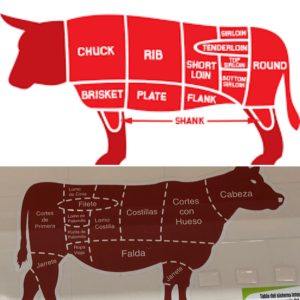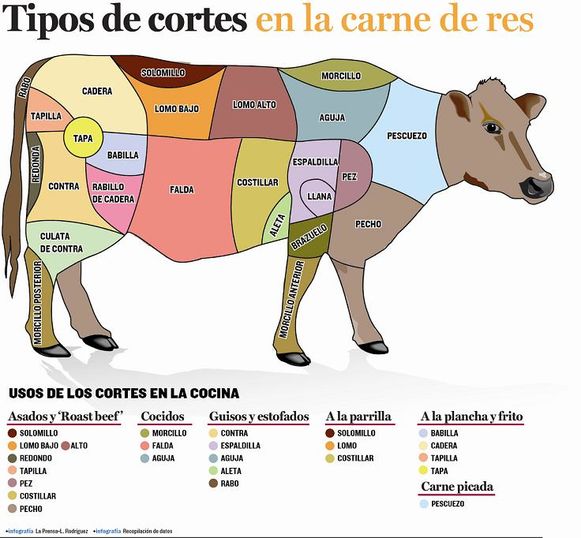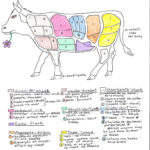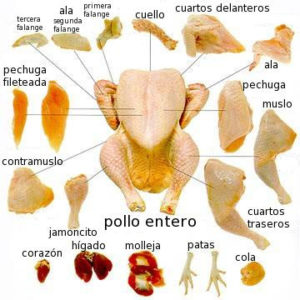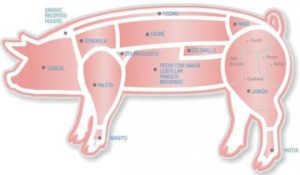Moving to a Latin American country, I spent an unnecessarily long time shopping for ordinary groceries. I stressed over not having the proper vocabulary to ask what I’m looking for, especially because the words differ slightly for every Spanish-speaking country and I couldn’t find one for Panamanian Spanish! Now that I’ve (mostly) conquered this problem, I hope this simplified guide is able to help someone.
First up is MEATS, only because I struggled the most with all the different names for cuts.
